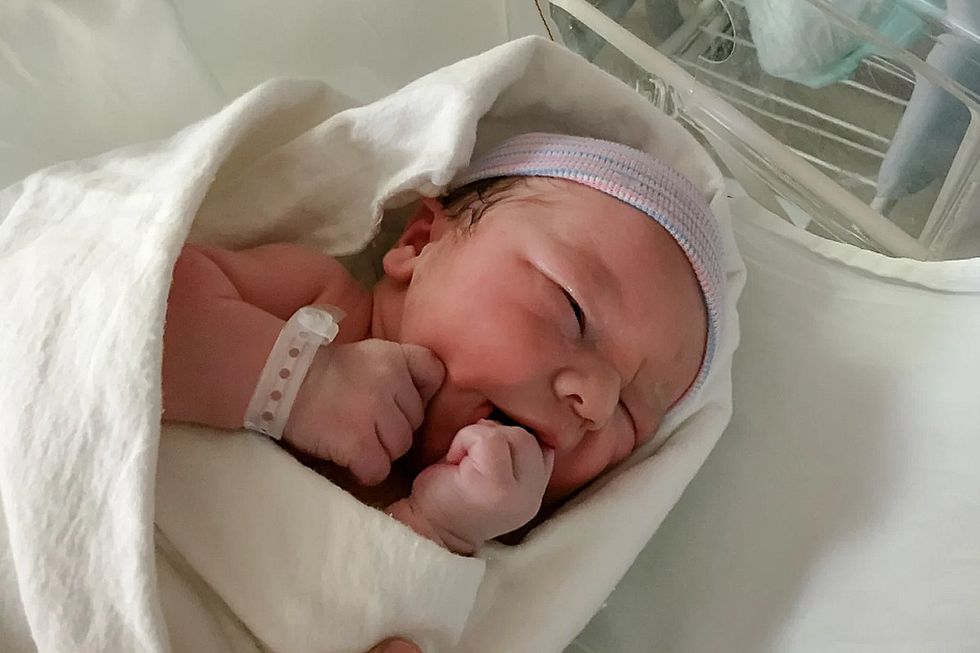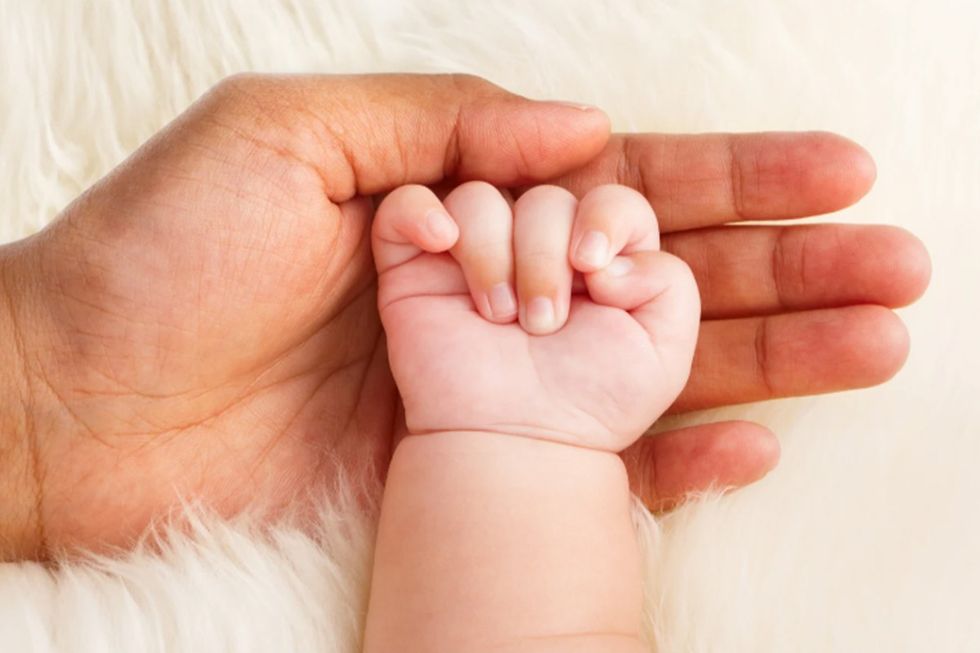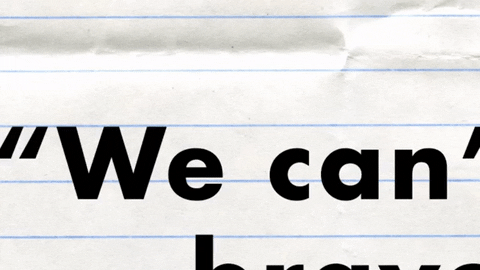Off of Highway 30 in Maui, a two-lane road that cuts through the island’s historic Nā Wai ʻEhā region, sits a narrow residential lane leading into the hills of Waikapū. Near the end of the lane is a signpost that reads “Noho'ana Farm” and sports a heart-shaped taro leaf. If you weren’t specifically looking for it, the turn is easy to miss. The air is thick and muggy in Maui’s 80-degree damp heat, and the non-descript nature of the path does not betray its secret. At the end of this road is one of this island’s greatest treasures: Kalo.
Kalo (better known on the mainland as taro) came to the islands with Polynesians in the 3rd century. It grows in low-lying wetlands, submerged in murky water under a layer of silt. Whole Foods yuppies seek out the superfood for its gluten-free qualities when it’s prepared as a pa’i’a or poi (two pulverized versions of the vegetable), but the root is a kind of panacea food among locals, finding its way to tables as bread, pancakes, ice cream, chips, pasta, stew and more. It’s the better-for-you version of the potato.
A Farmer On The Frontlines
Noho'ana Farm, the one with the little sign out front, is devoted exclusively to growing kalo, and it sits on a plot that’s been in Hōkūao Pellegrino’s family since the Great Māhele of the 1850s. That was the first time land in Hawai’i was zoned and privatized under the Kingdom of Hawai’i. Hōkūao is a young father who wanders around his farm with a quiet, staunch focus, and as we stand together, knee-deep in a wetland kalo patch called a lo’i, it’s apparent how crucial this root is to native Hawaiians. They believe they are descended from the plants beneath our feet, “We believe it is our ancestor and our elder brother, Hāloa,” Hōkūao tells me. “Therefore we treat this plant, and all that it does to sustain us, with utmost respect and reverence.”
But despite its historical significance to the heritage of islanders, kalo food culture on Maui has not thrived in modern times. In fact, over the last 150 years, crops have been decimated due to water diversion for corporate sugarcane production.
The plight of kalo on Maui can be traced back to 1862 and the establishment of the Wailuku Sugar Company, which subsequently diverted all the stream water in the Nā Wai ʻEhā region to its newly formed sugar plantations. Sugar is a highly water intensive crop, and as it took over Hawaiian agriculture it dried up every lo’i and practically wiped out kalo. Hōkūao, who mastered Hawaiian language during his postgraduate research and pours over Hawaiian archives to study ancient agricultural techniques, has a connection to the kalo problem that is as much personal as it is academic. “In 1850, there was more than 1,400 lo’i kalo on 900 acres of land in Waikapū alone,” he says. “Today, there are less than 25 lo’i in cultivation on 2 acres, which includes my land and five other parcels in the area.”
Hōkūao’s family started restoring the Nohoana Farm in 1998, but it wasn’t until 2004 that the first wetland kalo patch was reinstated along with a 16th century irrigation technique called ‘auwai, “We have 12 lo’i kalo here, and five have been restored today. Our family needs more water to restore the other seven,” Hōkūao says, pointing to a raised area of the farm that’s been taken over by flora. From what they have, Hōkūao is able to grow 45 varieties of kalo, all of which yield a slightly different flavor once they’ve been pounded out; ground into a sticky, pudding-like dish called poi; or milled into a flour base. One variety tastes kind of like popcorn. He sells his poi to restaurants and markets on the island, but also shares it with his local community, working to bring back a dietary staple that’s been scarce among local families for years.
The Fall Of Sugar
All hope for kalo crops returning was basically absent — until recently. In a landmark announcement, the Hawaiian Commercial & Sugar Company (HC&S) said it will be shutting down its last sugar plantation by the end of the year, meaning that water once reserved for sugarcane is now slowly being returned to Waikapū. After so many years of struggling, Hōkūao and his family have finally begun the process of restoring their lands. They are selling their kalo in Maui and spearheading efforts rooted in sustainability and cultural preservation that will make lasting impacts on the island’s future. But they’re also in an ongoing conflict with the parent company HC&S, Wailuku Water Company, as the entity is still diverting 40% of the stream water that feeds Hōkūao’s farm.
[quote position="full" is_quote="true"]We believe kalo is our ancestor and our elder brother, Hāloa. Therefore we treat this plant, and all that it does to sustain us, with utmost respect and reverence.[/quote]
But the good he’s doing is a testament to the value of traditional agriculture, and he has gained allies in his fight to resurrect local tradition. Outside the lo’i, Hōkūao’s community in Waikapū and farmers from the east side of the island (called Haleakalā) are advocating for legislation that would ensure the continued release of water as sugarcane fields are closed, “We are pushing a petition with the State of Hawai’i to further amend the Interim Instream Flow Standards in order to release more water to the four streams of Nā Wai 'Ehā,” Hōkūao explains. And like all good local civic heroes, Hōkūao is also pushing kalo at a grassroots level, too, appealing to the interests of everyone from indigenous activists to mainland-born field-to-fork chefs. With the ripe opportunity for more kalo, his goal is to make community-driven efforts as robust as possible. Turning locals into stakeholders incentivizes them to adopt changes at a ground level, providing a stronger base for advocating at a policy level. “We have an education program in the community that is meant to inspire a new generation of farmers, specifically kalo farmers, to return to their ancestral land based on the fact that there is now more water available for farming.”
Doing The Good Work
As other farmers move back into the space, Hōkūao is helping them restore their former lo’i and begin production. To boost this effort, he’s also opening a certified community kitchen on the Noho'ana property, where “aspiring growers and food entrepreneurs can collaborate with other farmers, chefs and producers to conduct classes and bring traditional crops to the popular food industry on the island.” In the end, with kalo reclaiming its place in Hawaiian food culture, one can only hope that this will decrease Hawai'i’s dependency on imported food, which currently stands at around 90% of the total supply.
But even when he’s not planning for the community kitchen and growing more mythologically significant root vegetables, Hōkūao is likely still hard at work on resurrecting his cultural heritage. If he’s at home he’s likely setting up for a class of 50 or more students who come to the farm each month and study traditional methods of producing pa’i’a, which comes down to using a heavy pestle and 5-foot wooden board to smash kalo into a thick paste. In this way, he hopes to continue the dialogue for the next generation, particularly for his young daughter, and remind them of the mission behind Noho'ana: “E ola mau ka mahiʻai kuʻuna,” meaning “keeping culture in agriculture.”
Upon leaving Noho'ana, it makes sense that the farm leading the way for kalo’s resurgence would live on a hill overlooking former sugarcane plantations. It’s the kind of place where family lau lau cookouts are plenty and community table culture rules. On this lane, every other house has a few heart-shaped leaves swaying in the front yard.
















 Representative Image: It take a special kind of heart to make room for a seventh child
Representative Image: It take a special kind of heart to make room for a seventh child  Representative Image: It take a special kind of heart to make room for a seventh child
Representative Image: It take a special kind of heart to make room for a seventh child 
 Visualization of a black holeImage via Canva
Visualization of a black holeImage via Canva

 Speaking in public is still one the most common fears among people.Photo credit: Canva
Speaking in public is still one the most common fears among people.Photo credit: Canva muhammad ali quote GIF by SoulPancake
muhammad ali quote GIF by SoulPancake

 Let us all bow before Gary, the Internet's most adventurous feline. Photo credit: James Eastham
Let us all bow before Gary, the Internet's most adventurous feline. Photo credit: James Eastham Gary the Cat enjoys some paddling. Photo credit: James Eastham
Gary the Cat enjoys some paddling. Photo credit: James Eastham James and Gary chat with Ryan Reed and Tony Photo credit: Ryan Reed
James and Gary chat with Ryan Reed and Tony Photo credit: Ryan Reed